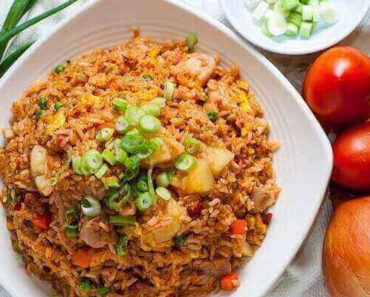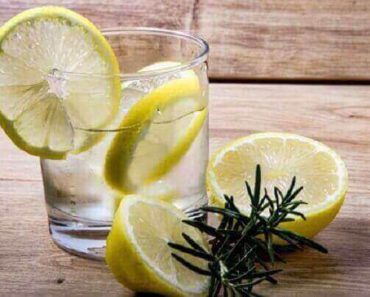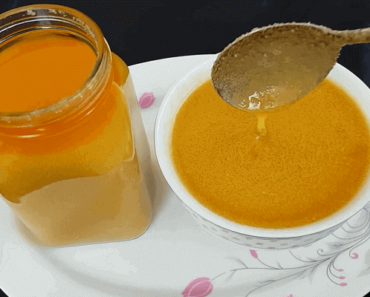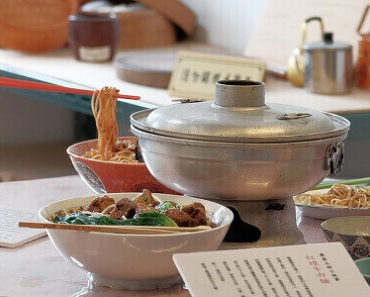Is your kitchen room in the danger region? Discover the various risks and find the answer to what is the best way to prevent poor food safety.
Several types of organisms and bacteria remain our daily food regularly that brings the people undergoing chemotherapy and radiation.
Those treatments keep you increase the risk of infection. By food safety concerns, patience can reduce the risk of foodborne illness.
What is the most significant cause of foodborne illness? The objective of the foodborne can’t list with a single work. But it can be handled making a food preparation safety environment. it is so much significant to know about best way to prevent poor food safety.
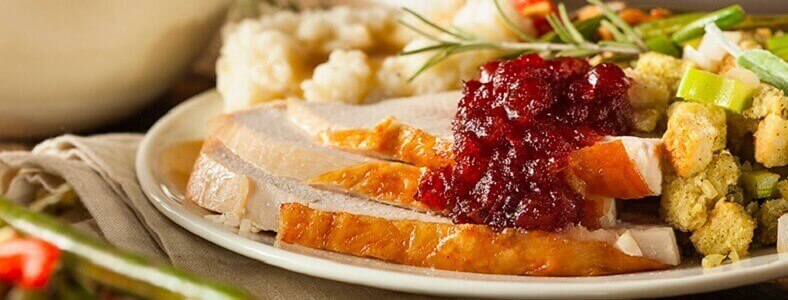
what is the best way to prevent poor food safety
Just following four significant steps you can safe your food properly.Today discussing about Four food safety solutions elaborately.
• Cleaning: Wash your hands and the surface frequently
• Separate: Don’t try to cross-contaminate
• Cook: Cook in the right temperature
• Chill: Refrigerate the foods punctually
Let’s know how to follow them in our daily living.
1. Cleaning
Wash your hands
Take 15 seconds to wash your hands using soap and running water and follow rubbing motion. How?
• Wash your hand before and after of food preparation or food handling whatever
• Wash hands before having any foods
• Wash hands handling garbage or after touching pets
• Change the daily dry hands’ paper or wash the hand cloth
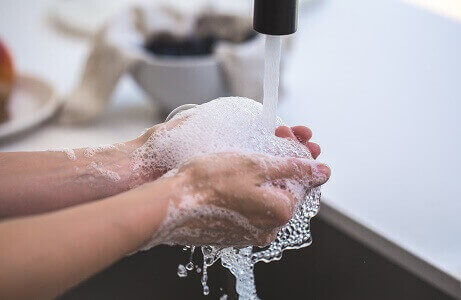
Clean kitchen surface
• Wash and replace the dishcloths, dish towels, and other cleaning tools of the kitchen daily.
• Use dish soap and warm water to wash regular dishes and utensils
• Keep the refrigerator clean
• Wash the shelves and doors once or twice weekly
• The food storage area must be kept neat and clean
• Use the food under the expiration date
• Without tasting throw away the leaking, or cracked cans
• After blending, the ring of the bland should be removed and wash it hot water and dry it to keep the store.
• Don’t store any chemical or washing materials near the storing foods.

2. Separate
Don’t try to cross-contaminate
Cross contaminate is the biggest reason for foodborne illness. But, how should food workers protect food from contamination after it is cooked? Yes, just follow the steps to avoid it.
• Use clean and different knives for different foods.
• Always use the plastic surface to cut raw meat or poultry.
• Use the different board for cutting different foods and pieces of bread
• Wash the cutting board after cutting the foods or raw ingredients al, the time, and then dry the board using new paper or towels. If you use glass, wood, or plastic boards, you have you wash them with a dishwasher.
• Sanitize wooden or plastic cutting boards using bleach solution at least once or twice weekly.
• Avoid using worn cutting boards if they have cracked or grooved
• Don’t taste the cooking food with the same utensil that already applied to stir. Use different tools to eat the foods, and they must be clean
• Store the raw foods separately from the ready or cooked foods even in the refrigerator
• During grilling always use clean plat to served the cooked meat
Skip some foods
Keeps your body safe and sound, eating the excellent food that always safe for you and your family.
Follow the below steps, and they will help you.
• Pass up unpasteurized fruits juice
• Select self-stable salsa avoiding salsa from the refrigerator section
• Pass up unpasteurized milk, or milk products like yogurt, and even cheese
• Avoid present mold foods
• Skip unrefrigerated cream, pastry products, like cream pies, creamy doughnuts or pastries.
• Select the refrigerator eggs to use
• Are you need to use raw eggs into the food without cooking? You should use pasteurized eggs.
• Wash the surface of the cans before opening it
• Cracked eggs must skip or throw away
• Skip the expired foods or older prepared foods at home

3. Cook:
Cook in the right temperature
• Cook your daily diet at the perfect heat so that the present germs into the foods that can create various types of sick from the eating foods.
• To have safe foods, use a food thermometer.
• The cooked food safe or not primarily you can understand seeing the color and texture of the foods
• Use the right thermometer with correct measurement so that the cooked food will be reliable with internal temperature.
• Check the different temperatures for different food cooking and get hygienic foods.
o 145°F is perfect for cutting beef, veal, and also lamb and then letting the meat to relax for 3 minutes before figure or eating.
o 160°F is ideal for grounding meats, like beef or pork
o 165°F is perfect for all types of poultry such as chicken and turkey
o 165°F is perfect to leftovers or casseroles
o 145°F is perfect for raw ham
o 145°F is ideal for finfish and also cook pending flesh is solid
4. Chill
Refrigerate the foods punctually
As food safety solutions, the coolness is the last option where we will make a layout on how to store the foods with the correct temperature in the refrigerator. As a result, you can save food from growing bacteria.
Refrigeration and thawing
• Keep the temperature of the refrigerator from 34°F to 40°F.
• Keep the temperature of the refrigerator no upper than 2°F.
• Marinate the foods into the refrigerator.
• Avoid thawing regular foods on the offset.
• Thaw meat, beef, poultry, and even any fish into the refrigerator left from unrefined fruits, vegetables, and additional ready foods. Set on the dish to grab drips.
• Roast defrosted lamb correct away skipping refreeze. If you stay in a hurry, you can thaw them meat in the microwave. But keep in mind the pork has to be cooked instantly after thawing.
Summer up
Oh! Has it finished? Yes, we have covered all of the primary points on what is the best way to prevent poor food safety. If you have read it attentively, you have gathered a ton of information from here that may be unknown before to you. If it happened, we are glad to post this article today.

